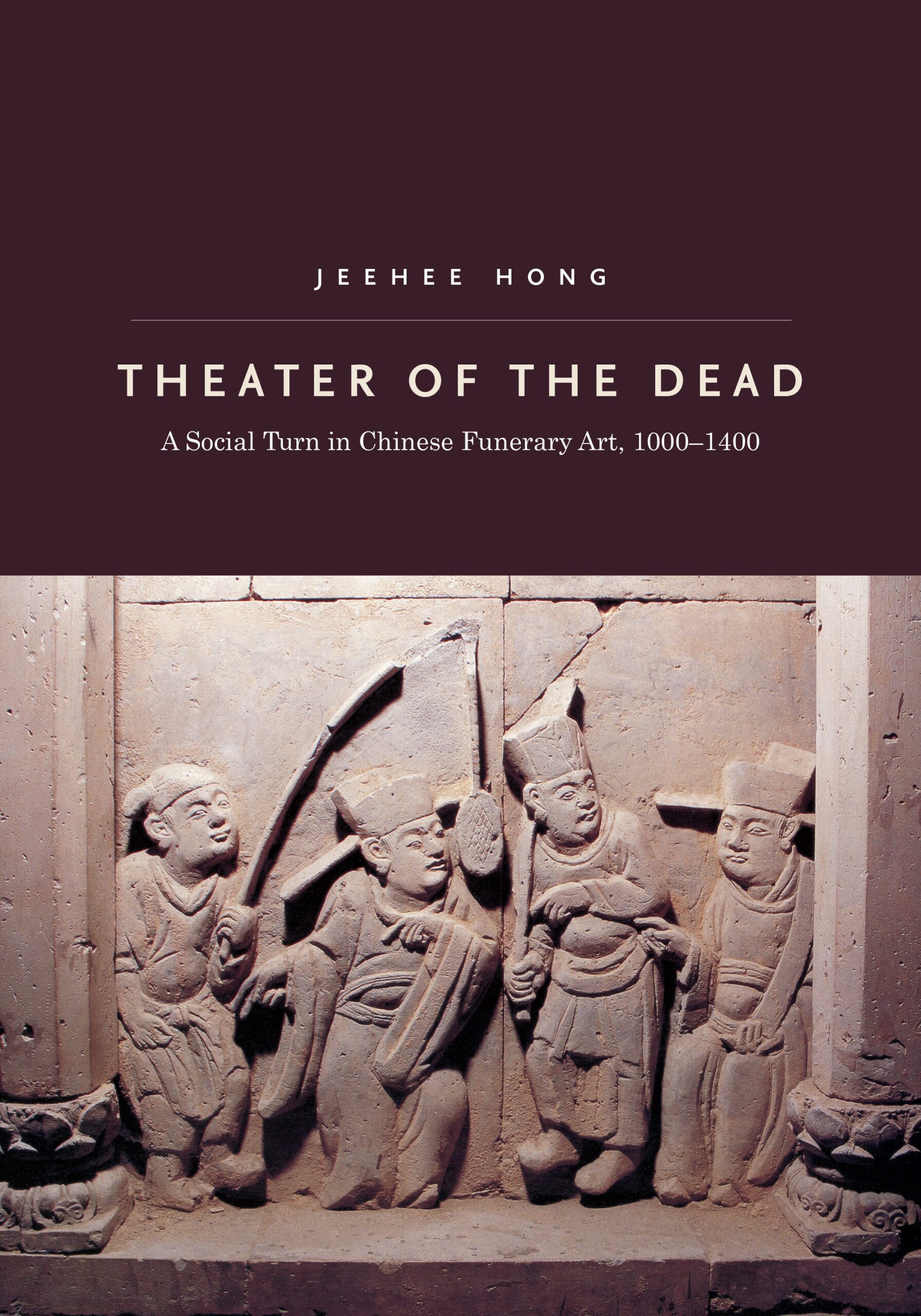Theater of the Dead: A Social Turn in Chinese Funerary Art, 1000-1400
- About the Book
-
In eleventh-century China, both the living and the dead were treated to theatrical spectacles. Chambers designed for the deceased were ornamented with actors and theaters sculpted in stone, molded in clay, rendered in paint. Notably, the tombs were not commissioned for the scholars and officials who dominate the historical record of China but affluent farmers, merchants, clerics—people whose lives and deaths largely went unrecorded. Why did these elites furnish their burial chambers with vivid representations of actors and theatrical performances? Why did they pursue such distinctive tomb-making? In Theater of the Dead, Jeehee Hong maintains that the production and placement of these tomb images shed light on complex intersections of the visual, mortuary, and everyday worlds of China at the dawn of the second millennium.
Assembling recent archaeological evidence and previously overlooked historical sources, Hong explores new elements in the cultural and religious lives of middle-period Chinese. Rather than treat theatrical tomb images as visual documents of early theater, she calls attention to two largely ignored and interlinked aspects: their complex visual forms and their symbolic roles in the mortuary context in which they were created and used. She introduces carefully selected examples that show visual and conceptual novelty in engendering and engaging dimensions of space within and beyond the tomb in specifically theatrical terms. These reveal surprising insights into the intricate relationship between the living and the dead. The overarching sense of theatricality conveys a densely socialized vision of death. Unlike earlier modes of representation in funerary art, which favored cosmological or ritual motifs and maintained a clear dichotomy between the two worlds, these visual practices show a growing interest in conceptualizing the sphere of the dead within the existing social framework. By materializing a “social turn,” this remarkable phenomenon constitutes a tangible symptom of middle-period Chinese attempting to socialize the sacred realm.
Theater of the Dead is an original work that will contribute to bridging core issues in visual culture, history, religion, and drama and theater studies.
- About the Author(s)
-
Jeehee Hong, Author
Jeehee Hong is an Assistant Professor in the Department of Art and Music Histories at Syracuse University. Her research focuses on the ritual art and visual culture of middle-period China (9th-14th centuries), and has worked on themes as diverse theatricality in painting, shifting roles of tomb portraits, cultural patterns of emerging local elite, temporality in tomb imageries, and new conceptions and practices of "spirit articles" in middle-period funerary art. Her research has been funded by the Andrew W. Mellon Foundation, Asian Cultural Council, and, most recently, American Council of Learned Society.
- Reviews and Endorsements
-
- By establishing the interplay of various dimensions of funerary art, Hong provides us with an interesting underworld. Literary, architectural, and religious studies are all utilized, making Hong ’s argument more convincing. Nevertheless, at times the explanation or the conclusion she provides creates further curiosity as to whether there also exists a “pattern” in funerary art, with all the defined positions of the figurines being explained in the same way. With that said, Theater of the Dead is an interesting book for all readers, and especially for scholars in the field of art history.
—American Academy of Religion - Jeehee Hong presents original and engaging arguments concerning the uses of theatricality in the tomb space of middle-period China. Exhaustively researched, with skillful analysis of the archaeological literature on the tombs and theatrical practices of the time, her book sets a very high standard of scholarship.
—Amy McNair, University of Kansas - Theater of the Dead is a fascinating interdisciplinary study of visual culture within the realm of society, funerary ritual, theater spectacle—even political practice. In many ways, the work transcends ordinary categories of scholarly analysis and will appeal to a broad range of readers: from religion and social historians to literary scholars, from specialists of Chinese theater to art historians. It is, in the very best sense of the term, sui generis
—Ankeney Weitz, Colby College
- By establishing the interplay of various dimensions of funerary art, Hong provides us with an interesting underworld. Literary, architectural, and religious studies are all utilized, making Hong ’s argument more convincing. Nevertheless, at times the explanation or the conclusion she provides creates further curiosity as to whether there also exists a “pattern” in funerary art, with all the defined positions of the figurines being explained in the same way. With that said, Theater of the Dead is an interesting book for all readers, and especially for scholars in the field of art history.
- Supporting Resources
-





